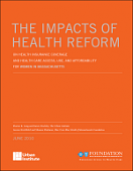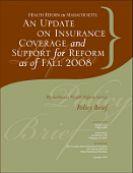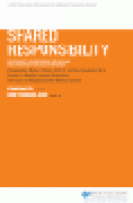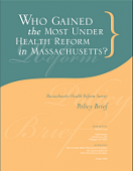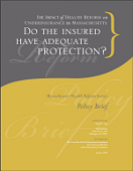MassHealth Enrollment Growth Since Reform
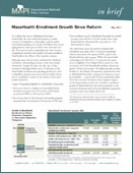
New analysis by MMPI examining the growth in MassHealth enrollment since passage of the state's health reform law. This analysis shows that most of the growth in MassHealth enrollment (76 percent) has been in eligibility categories that existed prior to reform, and therefore would have occurred in the absence of the state's health reform law.





